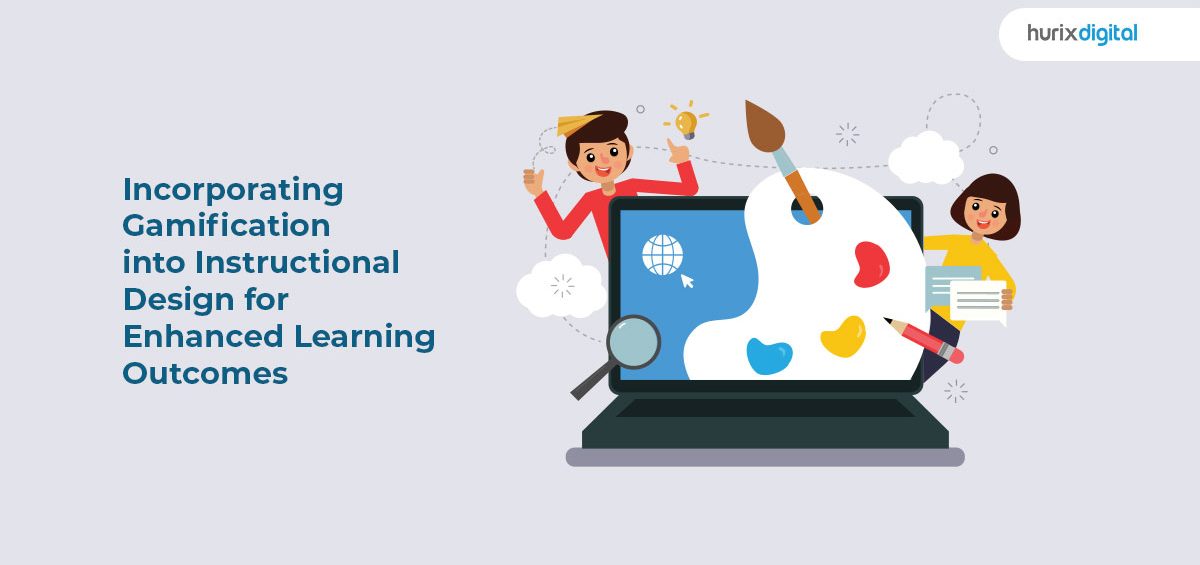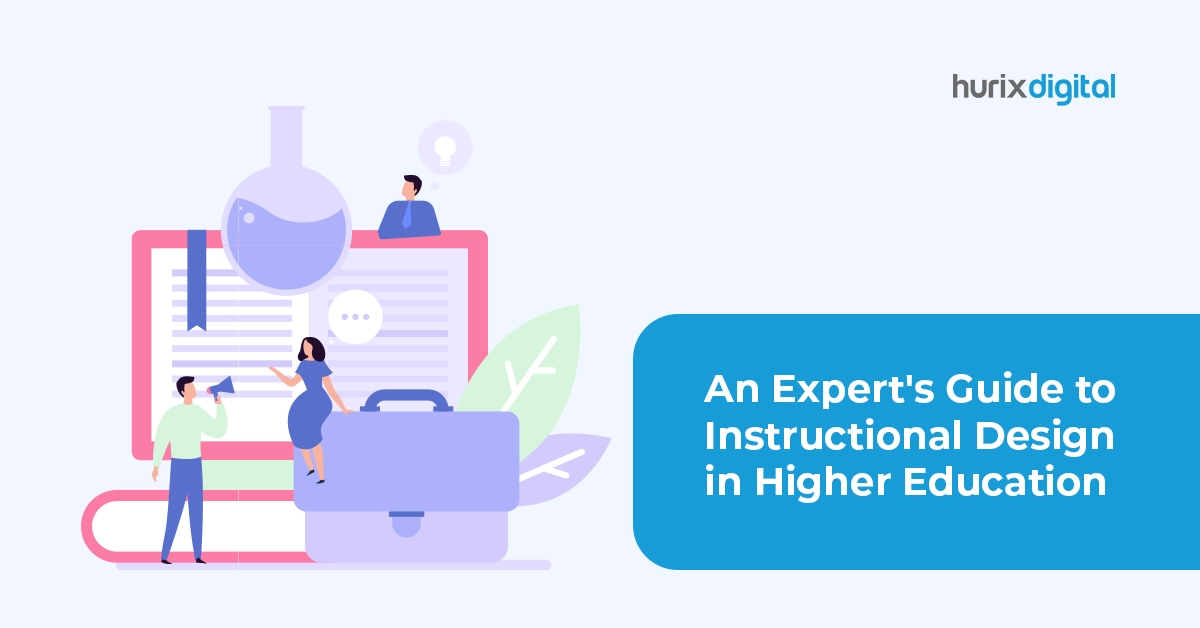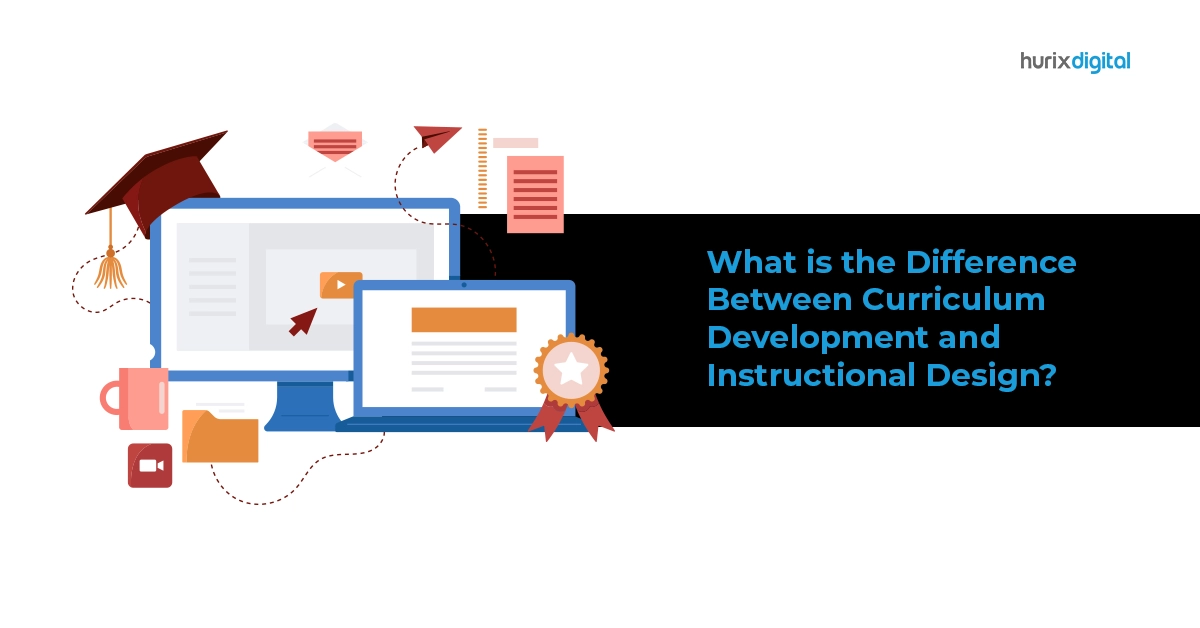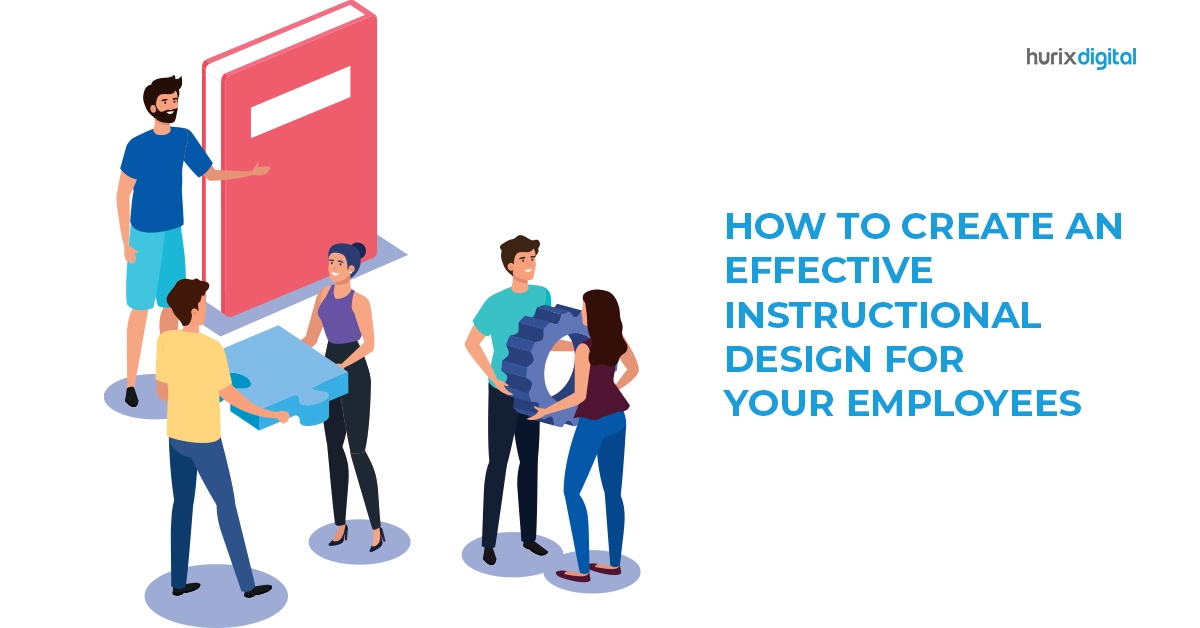Summary
This article discusses the benefits of incorporating gamification in instructional design and the practical application of gamification in learning.
Research has proven that gamification in education and training can play a significant role in positively reinforcing student engagement and motivation. Similarly, gamification in instructional design can improve information retention and positively impact engagement and collaboration.
So, it’s no surprise that the share of the educational gamification market is expected to go up to $30.7 billion by 2025. If you are involved in educational content creation or corporate learning & development, now is the right time to get into gamification and switch from traditional to online learning.
However, it is important to implement gamification strategies thoughtfully, creatively, and strategically to see positive outcomes. Additionally, gamification solutions should not be adopted as the only engagement technique for enhanced learning outcomes. It must be combined with other learning methods to maximize the potential of the educational content.
Table of Contents
- What is Gamification?
- Advantages of Incorporating Gamification into Instructional Design
- How to Incorporate Gamification in Learning?
- In Conclusion
What is Gamification?
Gamification is the process of incorporating gaming principles and elements into educational material. This goes a long way in making academic lessons and instructional design material more engaging and effective. Various elements can be added, like badges, leaderboards, rewards, challenges, pop quizzes, fortune wheels, points, etc.
It is important to note that gamification in e-learning and instructional design strategies does not involve gamifying the whole material. To create a gaming experience, it is enough to add a few game design elements, mechanics, and principles.
Also Read: Gamification in Corporate Training: Your Checklist for Training Success
Advantages of Incorporating Gamification into Instructional Design
When implemented effectively and efficiently, gamification can greatly enhance learning outcomes. Here are some benefits of gamification in instructional design:
1. Improved Motivation
By incorporating gaming elements like challenges, quizzes, rewards, etc., you can tap into the intrinsic motivators everyone possesses, like a sense of achievement, mastery, competitiveness, and persistence.
Additionally, gamified learning can provide immediate feedback, motivating learners and allowing them to identify their strengths and weaknesses.
2. Relevant Learning Experience
Gamified educational content or instructional design material provides more relevance to real-life situations than traditional learning material. Gamified content can be easily personalized, allowing educators to offer learners a custom-made learning path.
Even small elements like customized game avatars or personal leaderboards inculcate a sense of ownership in the learners, motivating them to perform better in their game-based learning journey.
3. Collaboration and Communication
Traditional learning can be an isolating journey leaving the learner overwhelmed and stressed. Gamified learning experiences encourage people to engage in group projects and collective learning. Game-based learning projects can involve multiple participants simultaneously, fostering healthy competition and community building.
4. Progress Tracking and Objective Building
Tracking learning objectives and outcomes with the proper instructional strategies for e-learning through gamification is easier than in traditional learning. Features like the dashboard and personalized scorecards allow students and learners to track their progress and set realistic and achievable goals for themselves. Setting clear goals can greatly foster a sense of purpose and motivate the learner to keep working hard.
5. Practical Application
Students often complain that traditional learning material fails to bridge the gap between theoretical and practical application. Gamified learning allows learners to apply theoretical knowledge to practical, real-life situations and indulge in a more immersive learning environment. The practical application promotes the conversion of skills into applicable contexts.
Also Read: Gamification – The Secret Sauce for Employee Engagement?
How to Incorporate Gamification in Learning?
Here are some tips and techniques you can follow while incorporating gamification in instructional design and e-learning:
1. Understand the Audience
This is the most important step to remember while incorporating gaming techniques to cater to your audience correctly. Consider factors like age, interests, prior knowledge, personality traits, preferences, etc., when customizing the gamified learning approach.
Another important factor to keep in mind is the audience’s technological proficiency. Young learners might be more efficient with using technology than older learners.
2. Incorporate the Right Gaming Elements & Techniques
Implementing all the gamification elements in your learning material is not advisable. Select the elements which align with the learning objectives of your content.
For instance, if you are creating instructional material for mathematics, you can create real-life related situations like grocery shopping calculations, insurance premium calculations, etc. This allows learners to learn mathematical concepts and understand the practical applications of mathematical skills.
3. Mention Clear Instructions and Rules
The learners will only be able to perform well in the gamified learning experience if they clearly understand how the game works. Ensure you provide clear instructions and rules so learners can understand the game properly. Inform them how to proceed in the game by clearing levels, what rewards they can achieve, and how it will benefit them.
4. Provide Feedback, Evaluate, and Adjust
After the learners have completed the gamified learning experience, you must provide feedback. This will allow them to understand their strengths and weaknesses and how to improve. Additionally, take feedback from the learners regarding their experience. Evaluate their responses closely and adjust the experience accordingly to best cater to their needs.
5. Be Creative
Creativity while creating gamified learning experiences will help you achieve a good retention rate for your learners. With innovative and memorable learning experiences, it becomes easy to recall the information whenever and however they want. Additionally, this facilitates the transfer of knowledge to real-world applications.
In Conclusion
The digital world is moving at a fast pace, and you must create unique learning experiences to retain your audience and market.
If you are looking for assistance, contact us at Hurix Digital. Some of our services include e-learning and training solutions, custom software development, K-12 content solutions, and more.
Incorporating gamification in instructional design will help you personalize and customize the learning experience, enhancing learning outcomes! Get in touch with us today!











